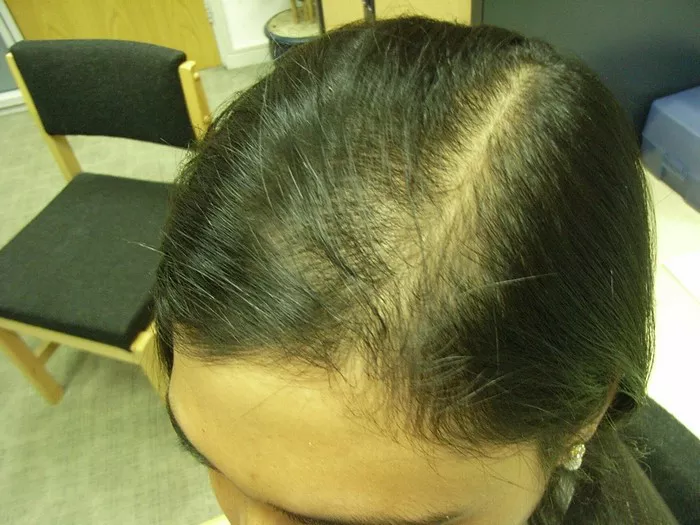If you’re one of the countless individuals dealing with tension alopecia, you’re not alone. Tension alopecia, a condition characterized by hair loss resulting from excessive tension on the hair follicles, is a common problem, but the good news is that there are steps you can take to prevent and manage it effectively. In this comprehensive guide, we’ll explore everything you need to know about tension alopecia and provide you with the ultimate strategies to stop it in its tracks.
What is the hair loss?
Hair loss, also known as alopecia, is a common condition characterized by the partial or complete loss of hair from the scalp or other parts of the body. It can occur due to various factors, including genetics, hormonal changes, medical conditions, medications, or physical trauma. The most prevalent type is androgenetic alopecia, often referred to as male or female pattern baldness, which is hereditary. Hair loss can have a significant impact on one’s self-esteem and overall well-being. Treatment options range from medications and topical treatments to surgical procedures like hair transplantation, depending on the underlying cause and individual preferences. Early intervention and proper diagnosis are crucial for effective management.
Understanding Tension Alopecia
Before we dive into the strategies, it’s crucial to have a solid understanding of what tension alopecia is and what causes it. Tension alopecia, often referred to as “traction alopecia,” occurs when there is continuous and excessive pulling or tension on the hair follicles. This tension can result from various factors, including tight hairstyles, hair extensions, weaves, braids, or even wearing hats or helmets for extended periods.
Factors Contributing to Tension Alopecia
To address tension alopecia effectively, it’s essential to identify the factors that contribute to its development. Here are some key contributors:
1. Hairstyles:
Certain hairstyles, such as tight ponytails, cornrows, or dreadlocks, can exert constant tension on the hair, leading to hair loss.
2. Hair Extensions:
Extensions that are too heavy or tightly attached can cause significant stress on the scalp and follicles.
3. Improper Hair Care:
Neglecting proper hair care routines, like excessive heat styling or chemical treatments, can weaken the hair shaft and increase the risk of tension alopecia.
4. Tight Headwear:
Wearing hats, helmets, or headgear that fit tightly can create friction and tension on the hairline, contributing to alopecia.
Strategies to Stop Tension Alopecia
Now that you understand the underlying causes of tension alopecia, let’s explore effective strategies to prevent and stop it in its tracks.
1. Choose Hairstyles Wisely
The choice of hairstyle plays a pivotal role in preventing tension alopecia. Opt for looser, more comfortable hairstyles that do not put excessive stress on your hair follicles. Styles like loose braids, soft buns, or letting your hair down can help reduce tension.
2. Be Mindful of Hair Extensions
If you love hair extensions, make sure they are lightweight and properly installed. Heavy extensions can lead to increased tension on your natural hair. Consult a professional stylist who specializes in extensions for a safe application.
3. Practice Gentle Hair Care
Implement a gentle hair care routine to minimize the risk of tension alopecia. Use heat styling tools sparingly, and opt for natural hair products that promote hair health. Regularly moisturize your scalp to keep it hydrated and less prone to damage.
4. Avoid Tight Headwear
While protecting your head is essential, make sure that your hats or helmets do not fit too snugly. Loosen them when possible to reduce friction on your hairline.
5. Give Your Hair Rest
Allow your hair some downtime from tight styles or extensions. Give your follicles a chance to recover by wearing looser hairstyles or leaving your hair natural for a while.
See Also: How to Shower and Not Wash Your Hair: A Comprehensive Guide
In conclusion
Tension alopecia can be a challenging issue to deal with, but by understanding its causes and implementing these strategies, you can effectively stop it from progressing. Remember that consistency in your approach to hair care and styling is key to maintaining a healthy and beautiful mane. By taking these steps, you can regain control of your hair and prevent tension alopecia from becoming a persistent concern in your life.


